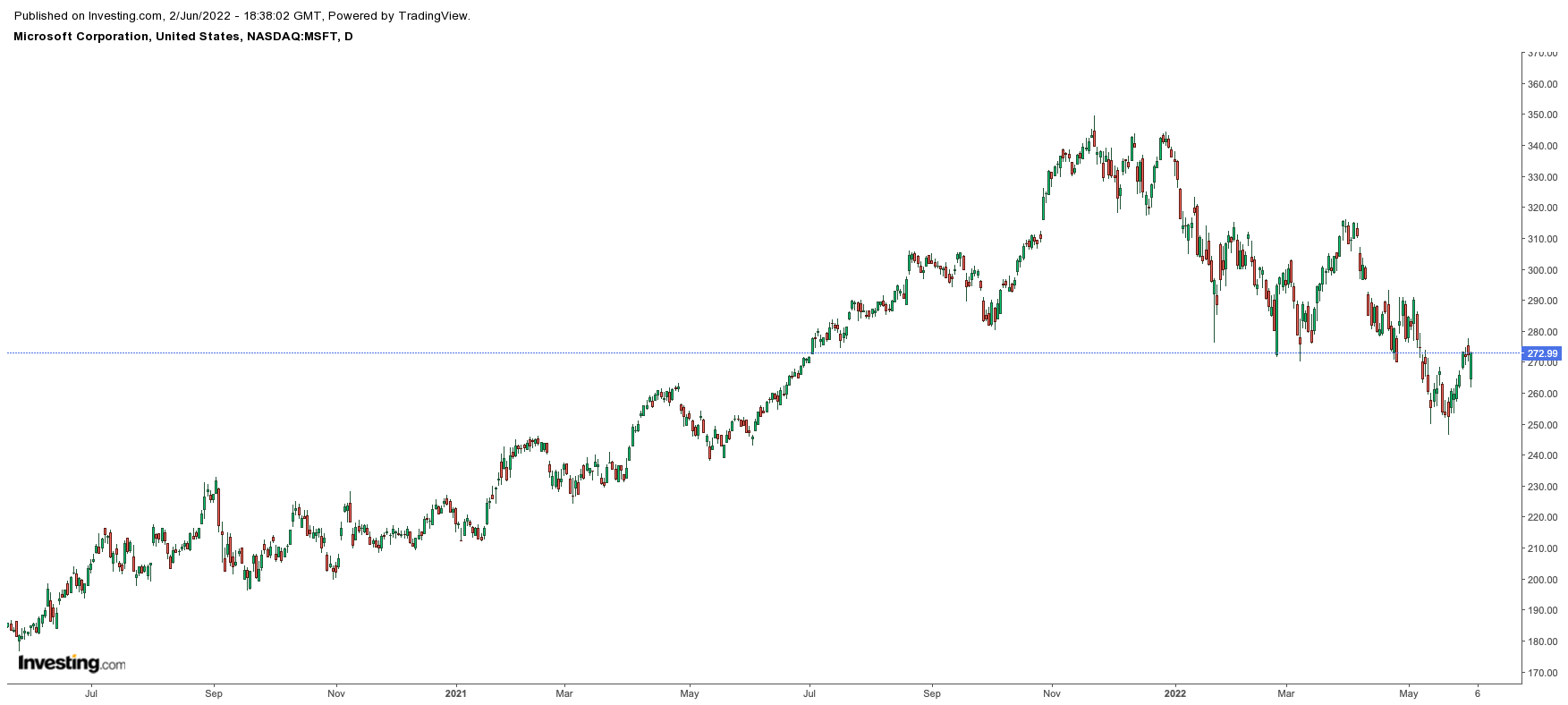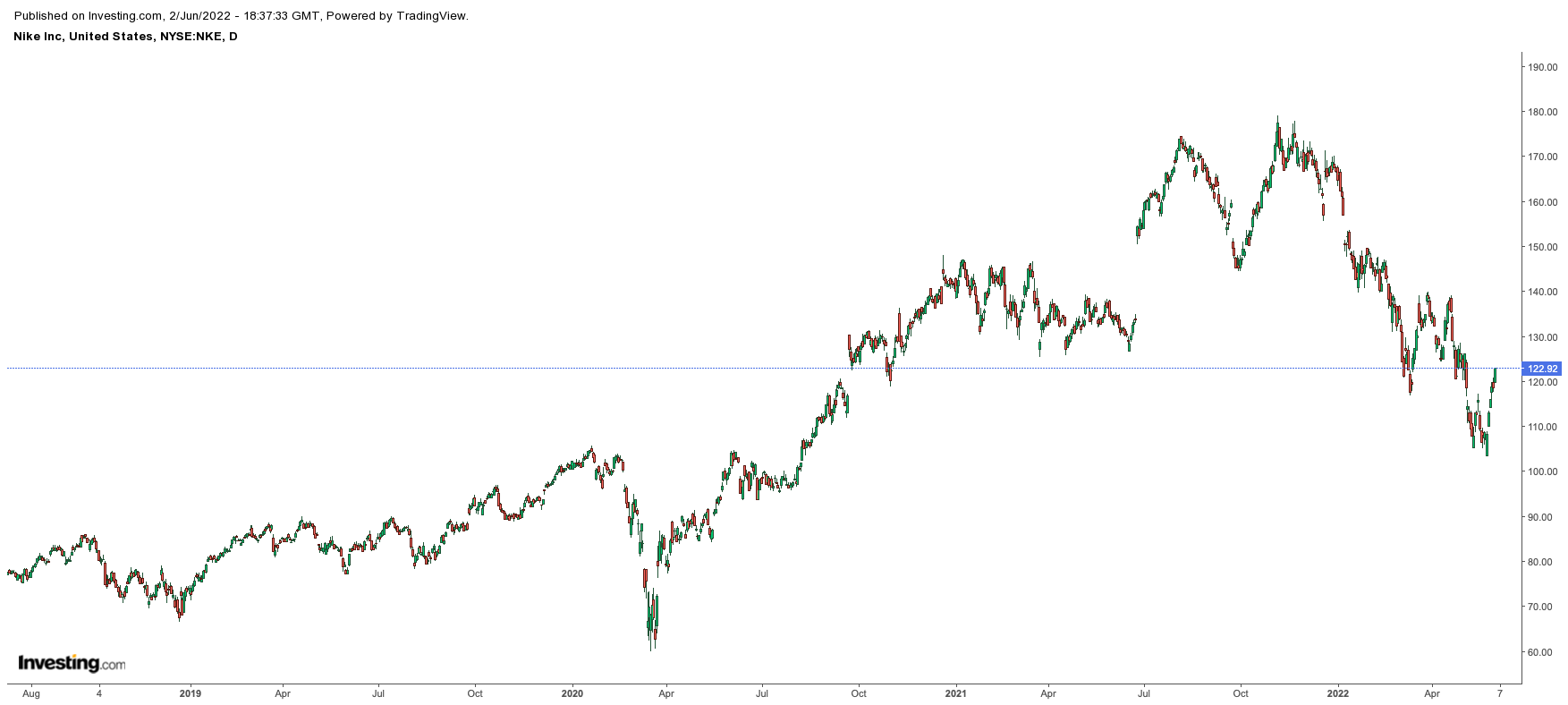This article was written exclusively for Investing.com
Not long ago, there was a time when bad news for the economy was good news for markets because it meant the Fed would need to keep monetary policy easy. That role has now reversed as the good news for the economy is bad news for markets as the Fed looks to raise rates and tighten monetary policy.
The latest example came on June 1, when the ISM manufacturing report was stronger than expected and showed economic improvement in May versus April. Of course, while weaker than April's level, the price paid component of the report was still higher than expected.
The market's reaction was quick, with stock prices falling while the dollar and rates rose sharply. It suggests that the news, while modestly optimistic for the economy's health, goes against what the Fed is trying to do: tighten financial conditions and slow the economy. The data suggest that the monetary policy the Fed has implemented thus far has either not wholly taken hold or is not enough to slow the economy and, as a result, not able to bring inflation under control.
It leaves one to wonder if that means the Fed ultimately will need to be even more aggressive in the future or, if not more aggressive, will have to tighten rates to even higher levels over a longer period. This only increases the potential problem for stocks as it likely implies higher rates and a stronger dollar.
A period of good news for the economy being bad news for stocks is now in the cross hairs and carries the most significant risk for stocks that are likely to suffer due to a stronger dollar. For example, on June 2, Microsoft (NASDAQ:MSFT) revised its fiscal fourth-quarter guidance lower due to the strong dollar, negatively impacting revenue and earnings.

Microsoft isn't likely to be the only company to feel this pain. This issue of a stronger currency is expected to weigh heavily on many stocks that have significant international businesses, like Nike (NYSE:NKE), another name that comes to mind.

Higher rates could negatively drag on higher growth stocks as valuations need to be lower. Part of the biggest reason why growth stocks have fallen as much as they have is that the higher the rates rise, the higher the earnings yield of individual stocks needs to increase. Growth stocks have particularly benefited from falling rates because multiples, such as the PE or Price to Sales ratios, expanded dramatically. But now that rates are rising, those multiples need to fall.
If this has become a period where good news becomes bad news for markets, bad news for the economy becomes good news for stocks. It may be worth framing any data in the future in that sense, especially when the markets go in the opposite direction of what you might expect given the data at hand.
Which stock should you buy in your very next trade?
AI computing powers are changing the stock market. Investing.com's ProPicks AI includes 6 winning stock portfolios chosen by our advanced AI. In 2024 alone, ProPicks AI identified 2 stocks that surged over 150%, 4 additional stocks that leaped over 30%, and 3 more that climbed over 25%. Which stock will be the next to soar?
Unlock ProPicks AI